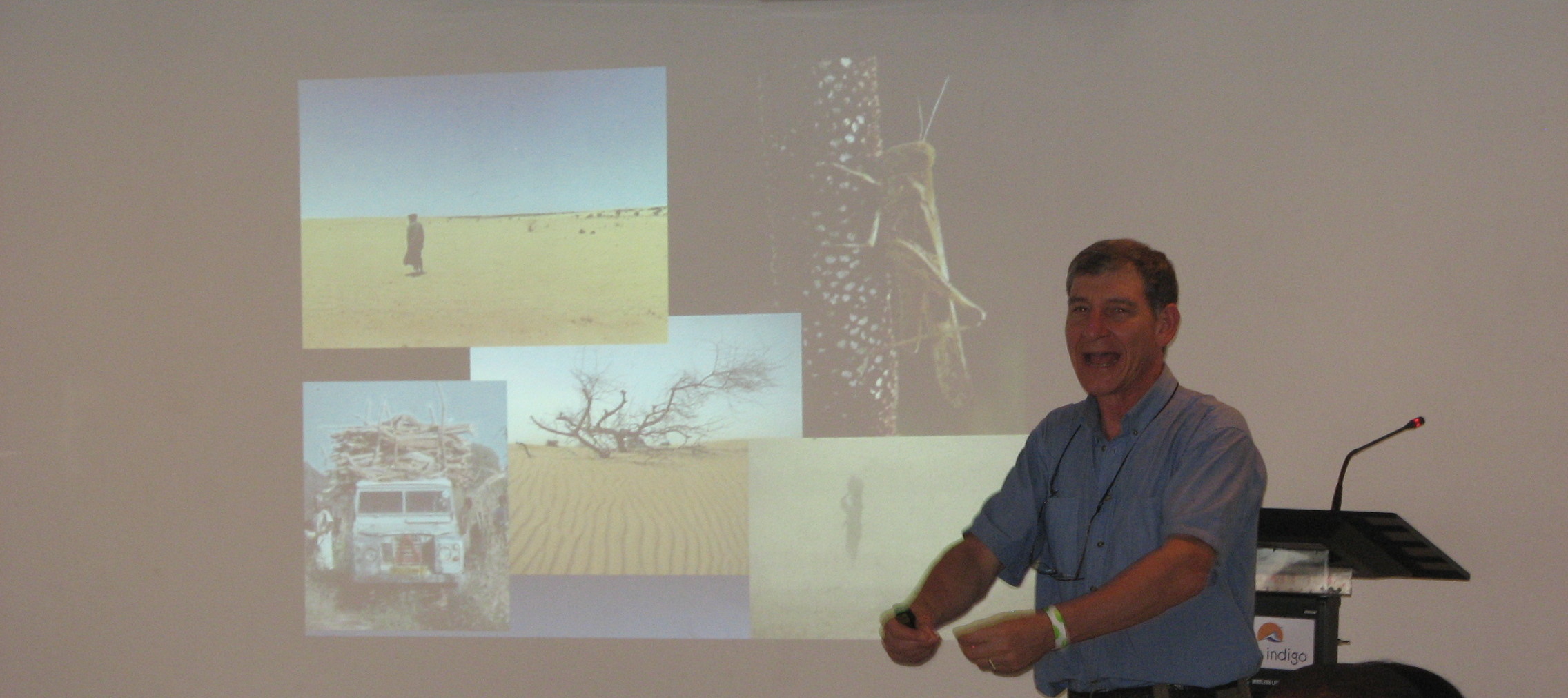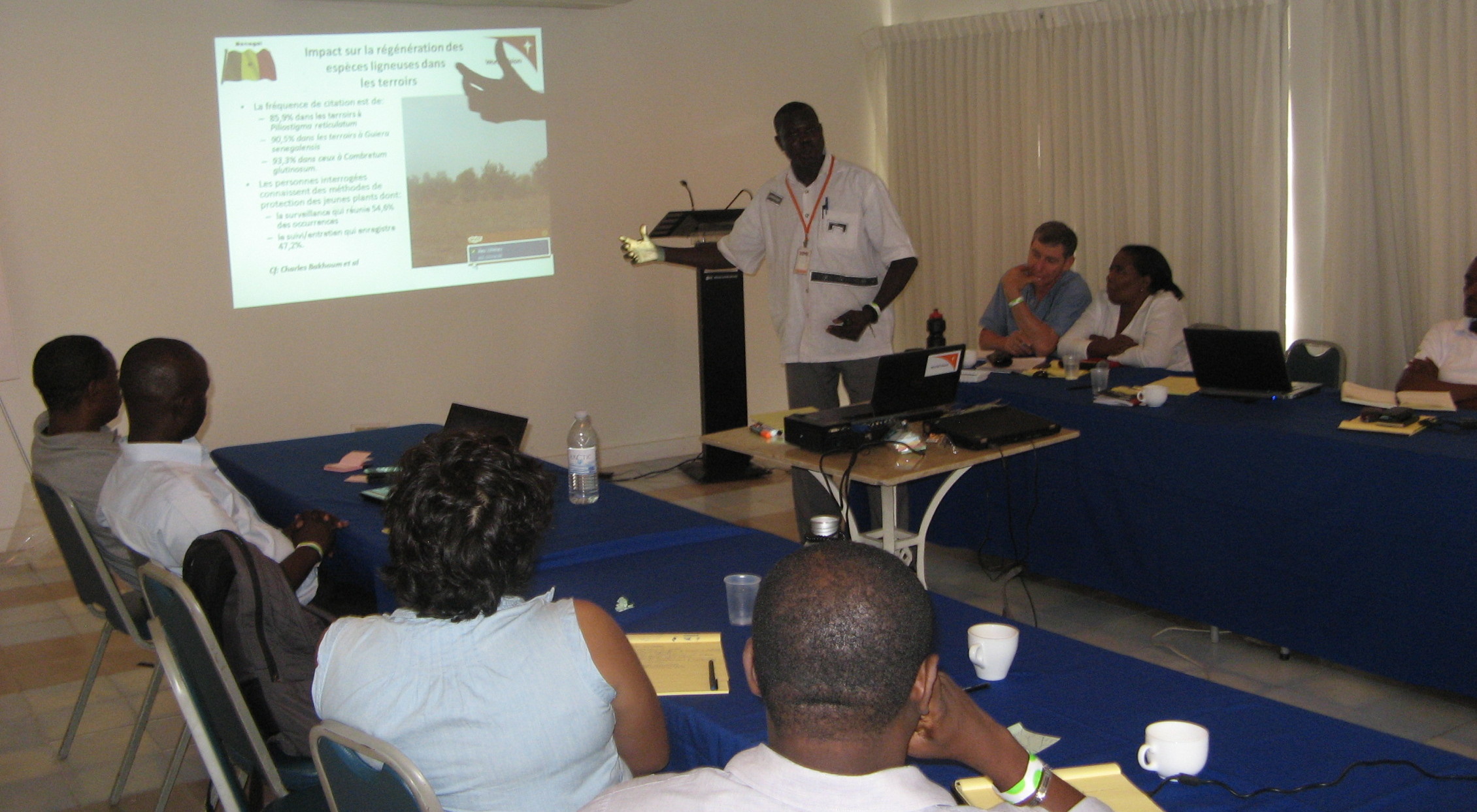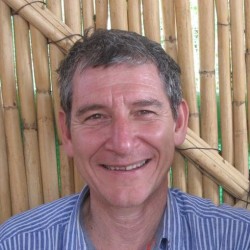
FMNR Haiti Workshop
October 29, 2013
Once a lush island covered in trees Haiti is now 98 percent deforested. Ten to twenty million trees are felled each year to meet the demand for the island’s primary fuel source; charcoal. The poor have little choice but to continue to produce and burn charcoal as it is essential to the most basic of needs. The Haitian government has no environmental regulations and provides no subsidiaries for alternative fuels, which has led to a situation of environmental catastrophe. During the rainy season nutrient rich topsoil washes away into the sea making it impossible to grow food and hundreds die from flash flooding. Haiti is quickly reaching an irrecoverable state where the majority of the island will succumb to desertification and become inhabitable.
Before I came to Haiti, if told people I was coming, they would give me a certain look and say – “well, that’s a challenge”, and so I was not sure what to expect. However, I have been very encouraged and I have no doubt about the ability of WV Haiti staff to implement good Natural Resources Management projects or of the Haitian people to own and continue the work beyond the life of the project. We felt the participants to the FMNR workshop remained very engaged until the end. For me, this was a good investment and I believe it will bear fruit. So I am leaving with great hope to see a re-greening movement in Haiti which will transform the island and which will be an inspiration to the whole region.


Tony Rinaudo is Natural Resources Advisor in the Food Security and Climate Change Team at World Vision Australia. Tony pioneered FMNR in Niger during the 1980s and his tecniques have been adopted by farmers all over the world. He is currently travelling to Haiti to introduce FMNR and help counteract devastating deforestation.
